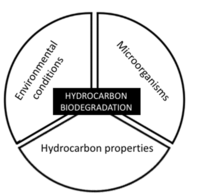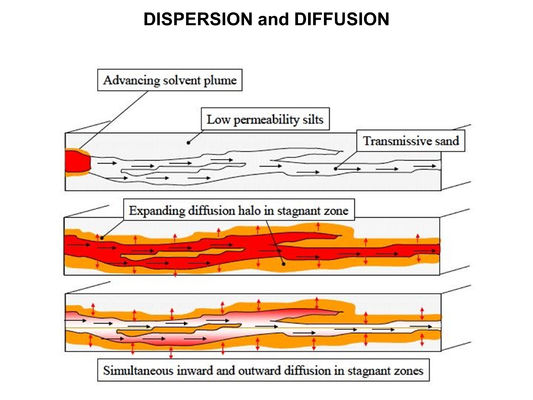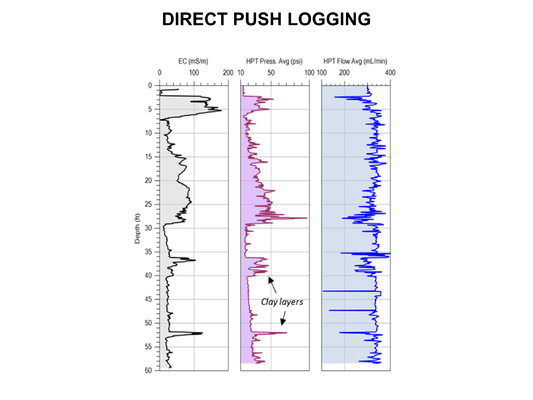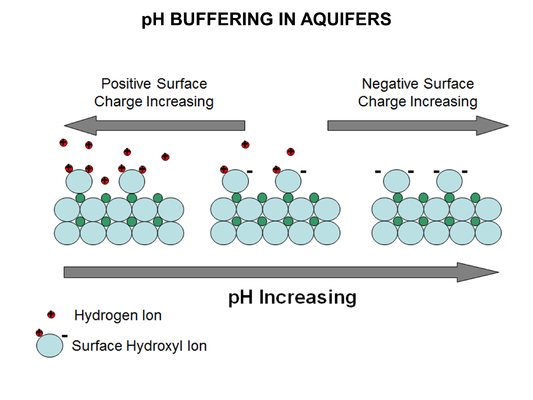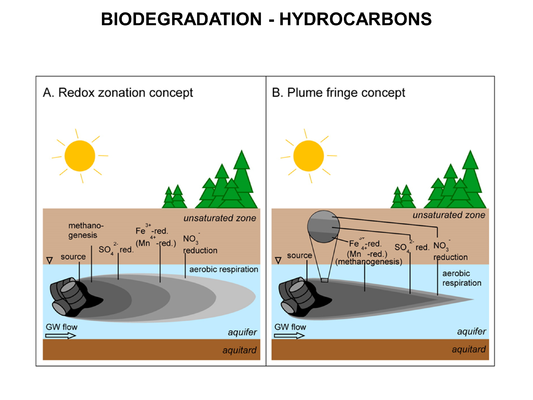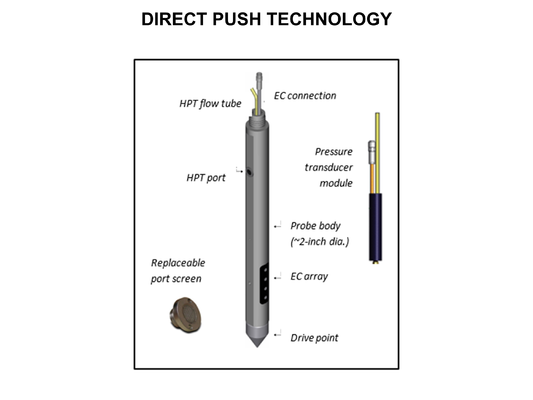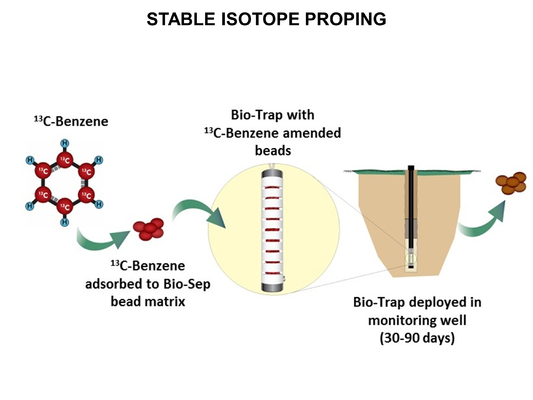Difference between revisions of "Main Page"
| Line 2: | Line 2: | ||
{| class="MainPageBG" style="margin: auto; width: 95%; border-spacing:0px;" | {| class="MainPageBG" style="margin: auto; width: 95%; border-spacing:0px;" | ||
|- | |- | ||
| − | | style="width:60%;" |<center><span style="font-size:350%; line-height: 0.4em; vertical-align:top;"><span style="color:#008566">Welcome to '''ENVIRO'''</span> <span style="color:#762a87">'''Wiki'''</span></span><br/><br/><span style="font-size:180%; color:#008566; line-height: 0.4em; vertical-align:top;"> Extensive Peer Review. Readily Accessible. Written By Experts</span></center> | + | | style="width:60%;" |<center><span style="font-size:350%; line-height: 0.4em; vertical-align:top;"><span style="color:#008566">Welcome to '''ENVIRO'''</span> <span style="color:#762a87">'''Wiki'''</span></span><br/><br/><br/><span style="font-size:180%; color:#008566; line-height: 0.4em; vertical-align:top;"> Extensive Peer Review. Readily Accessible. Written By Experts</span></center> |
| style="width:45%;" |<center><span style="font-size:110%;"> ''Developed and brought to you by '' <br>[[File:MainLogo-serdp-estcp.png|link=https://www.serdp-estcp.org |frameless|center|350px]]</span></center> | | style="width:45%;" |<center><span style="font-size:110%;"> ''Developed and brought to you by '' <br>[[File:MainLogo-serdp-estcp.png|link=https://www.serdp-estcp.org |frameless|center|350px]]</span></center> | ||
|- | |- | ||
Revision as of 14:15, 14 January 2019
Extensive Peer Review. Readily Accessible. Written By Experts |
|
| Enviro Wiki aims to be the go-to website for environmental information. US environmental programs such as the Strategic Environmental Research and Development Program (SERDP) and Environmental Security Technology Certification Program (ESTCP) fund cutting-edge environmental research projects. Here, articles written by invited experts (see Contributors) and edited by leaders in this field (see Editors) aim to introduce and summarize current knowledge for environmental project professionals on an array of topics, with cross-linked references to reports and technical literature. |
Featured article / Biodegradation - HydrocarbonsPer and polyfluoroalkyl substances (PFAS) contained in Class B aqueous film-forming foams (AFFFs) are known to accumulate on wetted surfaces of many fire suppression systems after decades of exposure.
Fire suppression systems with potential PFAS impacts include fire fighting vehicles that carried AFFF and fixed suppression systems in buildings containing large amounts of flammable materials such as aircraft hangars. PFAS residue on the wetted surfaces of existing infrastructure can rebound into replacement PFAS-free firefighting formulations if not removed during the transition process. Simple surface rinsing with water and low-pressure washing has been proven to be inefficient for removal of surface bound PFAS from piping and tanks that contained fluorinated AFFF.In addition to proper methods for system cleaning to remove residual PFAS, transition to PFAS-free foam may also include consideration of compliance with state and federal regulations, selection of the replacement PFAS-free firefighting formulation, a cost benefit analysis for replacement of the system components versus cleaning, and clean out verification testing. Foam transition should be completed in a manner which minimizes the volume of waste generated as well as preventing any PFAS release into the environment. Companies are developing new methods to remove self-assembled PFAS bilayers from existing fire-fighting infrastructure so that it can be successfully transitioned to PFAS-free formulations. PFAS sampling techniques used to support firefighting formulation transition activities are consistent with conventional sampling techniques used in the environmental industry, but special consideration is made regarding high concentration PFAS materials, elevated detection levels, cross-contamination potential, precursor content, and matrix interferences. The analytical method selected should be appropriate for the regulatory requirements in the site area. |
Enviro Wiki Highlights |

